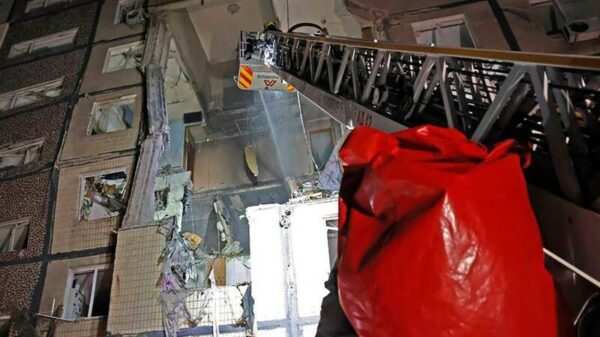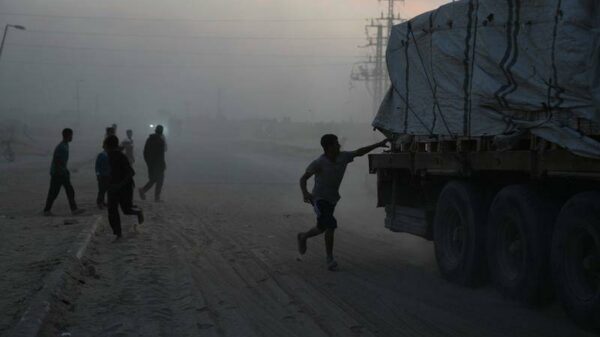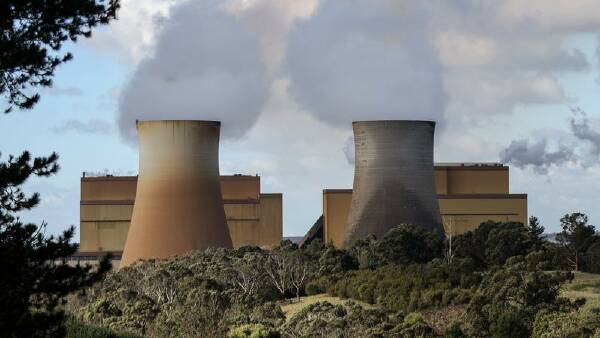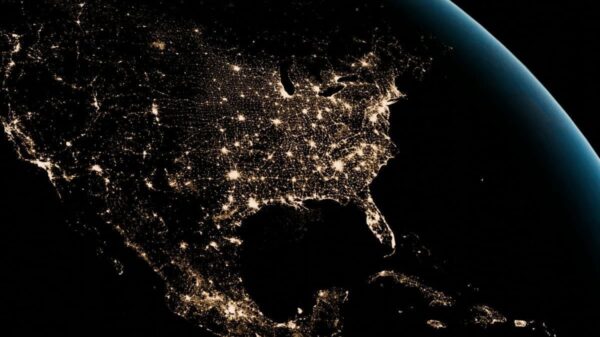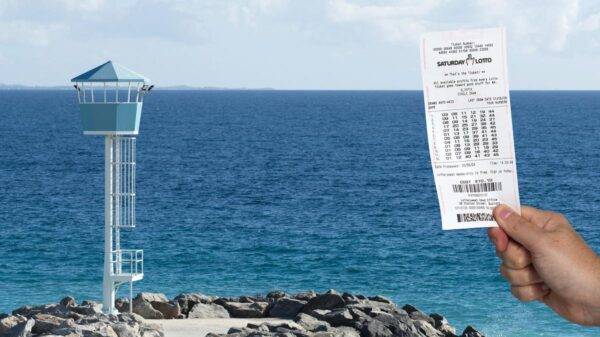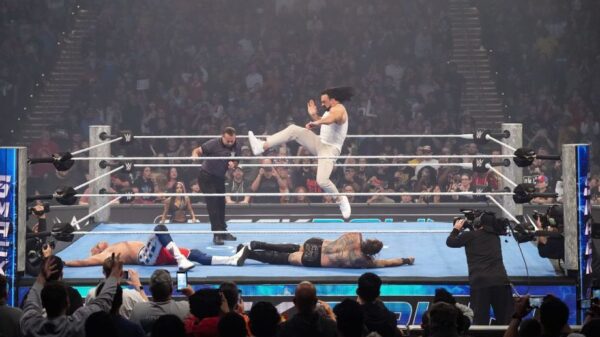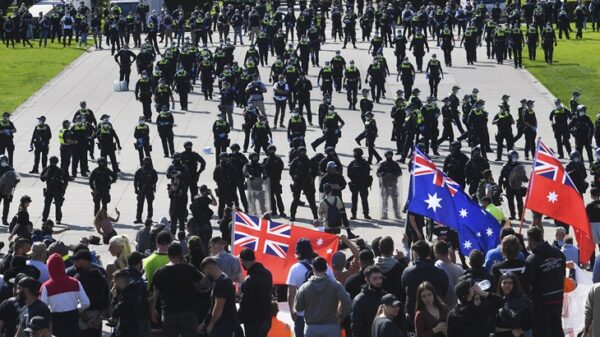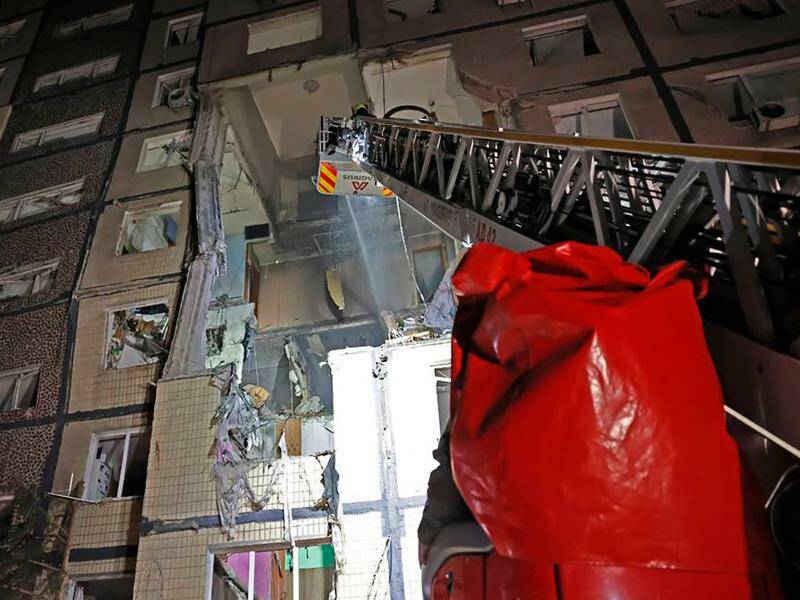Russia has intensified its military campaign against Ukraine, launching a significant attack that resulted in the deaths of seven individuals and damaging key energy infrastructure across several regions. President Volodymyr Zelenskiy confirmed that more than 450 drones and 45 missiles were involved in the overnight assault, which targeted cities including Dnipro, Zaporizhzhia, and Kharkiv.
In Dnipro, a drone strike on an apartment building tragically killed three people and injured twelve others. The southeastern region of Zaporizhzhia reported three additional fatalities, while one person died in Kharkiv to the north. The attacks caused significant damage to energy facilities in the Kyiv, Poltava, and Kharkiv regions, prompting emergency responses from government officials.
Yulia Svyrydenko, Ukraine’s Prime Minister, stated that the power grid was stabilized by emergency crews, although further power cuts would be necessary to facilitate repairs in the aftermath of the strikes. Emergency power measures were introduced, transitioning from immediate cuts to hour-long outages. “We are assessing the aftermath and coordinating actions to find alternative power sources,” Svitlana Hrynchuk, Minister of Energy, remarked during a national broadcast.
Despite these efforts, reports indicated that blackouts continued in regions such as Kharkiv and Poltava. The state-owned energy company Tsentrenergo described the attacks as the most severe on its facilities since the conflict began in February 2022. The company announced that operations at power plants in Kyiv and Kharkiv had been halted due to the extensive damage, stating, “Our generation is now zero.”
In his address, President Zelenskiy emphasized the need for intensified sanctions against Russia, particularly targeting its energy sector. “For every Moscow strike on energy infrastructure aimed at harming ordinary people before winter, there must be a sanctions response targeting all Russian energy, with no exceptions,” he wrote on the Telegram app.
The ongoing conflict has seen Russia increasingly targeting Ukraine’s energy sector, particularly as the demand for heating rises in the autumn months. According to the state firm Naftogaz, there have been nine attacks on gas facilities within the past two months. The Russian Defence Ministry claimed that these strikes were a response to Ukrainian attacks on Russian territories, describing a “massive strike with high-precision long-range air, ground and sea-based weapons.”
In addition to the missile strikes, Ukraine has continued its drone operations against Russian oil facilities, seeking to undermine Moscow’s war financing capabilities. The Ukrainian air force reported shooting down 406 Russian drones and nine missiles during the recent wave of attacks, with 52 drones and 26 missiles successfully hitting 25 sites within Ukraine.
As the conflict escalates, both the Ukrainian government and energy companies are focused on restoring essential services, including electricity, water, and heating. In the Poltava region, major cities such as Kremenchuk and Horishni Plavni have relied on generators to provide water, as they experienced significant power outages affecting their populations of approximately 200,000 and 50,000, respectively.
The situation remains critical as Ukraine navigates the challenges presented by these attacks while striving to ensure the safety and well-being of its citizens during the harsh winter months ahead.






